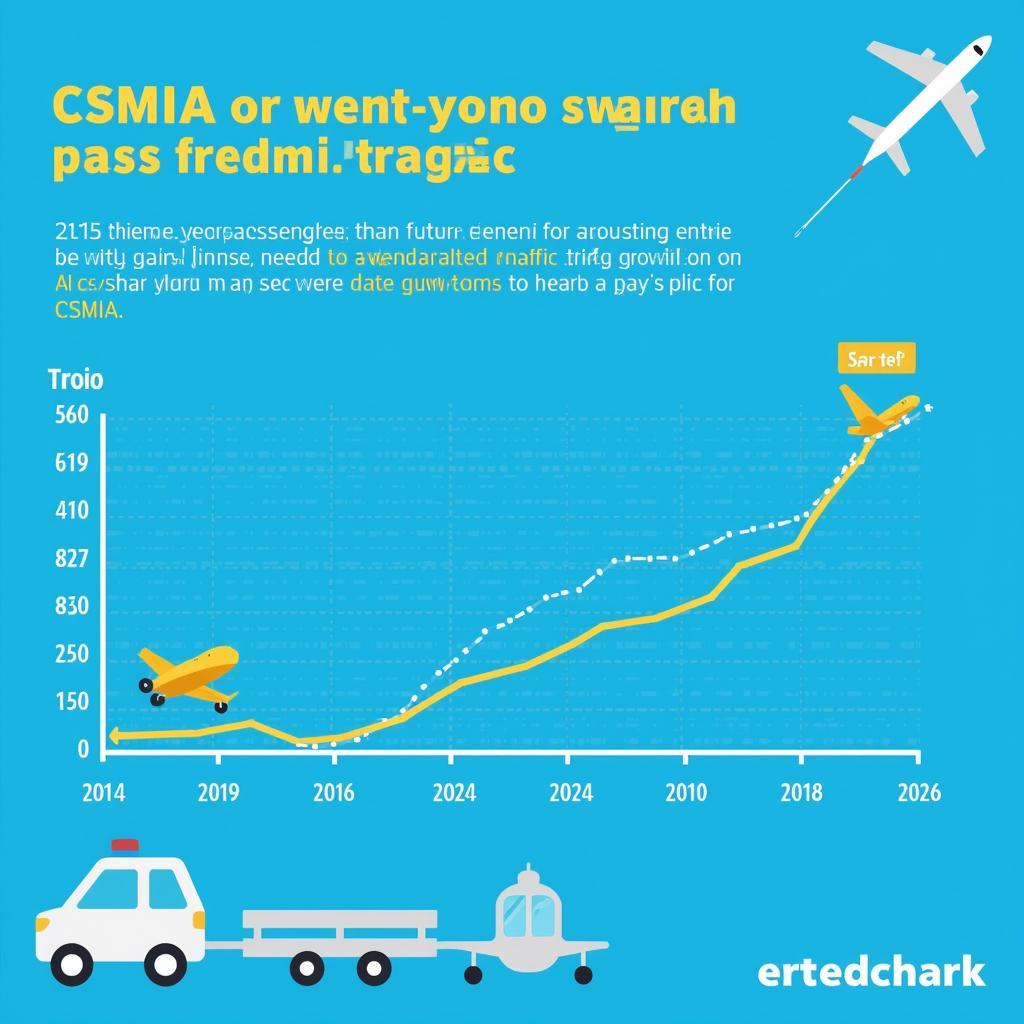Mumbai, the bustling financial capital of India, is a city constantly on the move. As a global hub for business and tourism, its airport, Chhatrapati Shivaji Maharaj International Airport (CSMIA), plays a crucial role in connecting the city to the world. However, with increasing passenger traffic and the limitations of its existing infrastructure, the need for expansion has become paramount. This brings us to the forefront of a critical discussion: the potential development of a 3rd runway for Mumbai airport.
Addressing Capacity Crunch: Why a 3rd Runway Matters
CSMIA currently operates with two intersecting runways, handling a staggering number of flights and passengers daily. This existing setup, while functional, is nearing its maximum capacity. The addition of a 3rd runway for Mumbai airport would not only alleviate the strain on current operations but also unlock a myriad of benefits:
- Increased Flight Frequency: A new runway would allow for a significant increase in the number of flights CSMIA could accommodate. This translates to more options for travelers, both domestic and international.
- Reduced Delays: One of the most frustrating aspects of air travel is delays. A 3rd runway would improve air traffic flow, minimizing delays and ensuring smoother operations.
- Enhanced Connectivity: With increased flight capacity, Mumbai could strengthen its connections to emerging markets and global destinations, further boosting its position as an international hub.
 Mumbai Airport Passenger Traffic
Mumbai Airport Passenger Traffic
Navigating the Challenges: A Complex Undertaking
While the benefits of a 3rd runway for Mumbai airport are evident, it’s essential to acknowledge the complexities involved in such a large-scale infrastructure project:
- Land Acquisition: Mumbai is a densely populated city. Acquiring the necessary land for a new runway and its associated infrastructure will be a significant challenge, requiring careful planning and stakeholder engagement.
- Environmental Impact: Any large-scale project has environmental implications. Thorough environmental impact assessments and mitigation strategies will be essential to minimize the ecological footprint.
- Financial Feasibility: The construction of a new runway represents a substantial financial investment. Securing funding and ensuring the project’s financial viability will be crucial for its success.
“In a city as dynamic as Mumbai, infrastructure development is not just an option, it’s a necessity,” notes aviation expert, Dr. Anjali Mehta. “A 3rd runway for CSMIA is an investment in the city’s future, enhancing its global connectivity and economic competitiveness.”
Beyond the Runway: A Holistic Vision for Growth
The development of a 3rd runway for Mumbai airport is not simply about adding infrastructure; it’s about creating a seamless and efficient travel experience. This requires a holistic approach, considering:
- Integrated Terminal Expansion: Along with the new runway, expanded and modernized terminal facilities will be essential to accommodate the anticipated increase in passenger traffic.
- Enhanced Ground Transportation: Efficient and well-connected ground transportation networks, including metro and rail links, are crucial for seamless connectivity to and from the airport.
- Technological Integration: Implementing advanced aviation technologies, such as digital air traffic control systems, will further optimize operations and enhance efficiency.
Soaring into the Future: Mumbai’s Aviation Ambitions
The potential development of a 3rd runway for Mumbai airport represents a pivotal moment in the city’s aviation journey. It’s a project that demands careful consideration, collaborative efforts, and a long-term vision. As Mumbai continues to evolve as a global powerhouse, a robust and future-ready airport is not just desirable; it’s indispensable. The successful execution of this ambitious undertaking has the potential to elevate Mumbai’s status as a global aviation hub, propelling it into a new era of connectivity and growth.
Looking for more insights on India’s aviation landscape? Explore our articles on airport ranking in India and gain a deeper understanding of the country’s evolving aviation network. You can also delve into the fascinating world of regional airports with our piece on Raj Bhoj Airport for a closer look at India’s diverse aviation infrastructure. If you’re curious about the smaller end of the spectrum, our article on the smallest international airport in India offers a unique perspective on connectivity in remote regions.